5TH INTERNATIONAL CONFERENCE NANOBIOPHYSICS: FUNDAMENTAL AND APPLIED ASPECTS, 2-5 OCTOBER 2017, KHARKIV, UKRAINE
Synthesis and Biomedical Applications of 2D Carbides MXenes
Gogotsi O. G.1 *, Zahorodna V. V.1, Balitskiy V. Y., Zozulya Y. I. 1, Gogotsi H. G.2, Brodnikovskiy M. P.2, Gubynskyi M. V.1, Fedorov S. S.1, Alhabeb M.3, Meng F3., Anasori B.3, Gogotsi Y. G.3
1 Materials Research Centre, 3, Krzhyzhanovs'koho Str, Kyiv 03680, Ukraine, e-mail: Этот e-mail адрес защищен от спам-ботов, для его просмотра у Вас должен быть включен Javascript
2 Frantsevich Institute for Problems of Materials Science of NASU, 3, Krzhyzhanovs'koho Str, Kyiv 03680, Ukraine
3Department of Materials Science and Engineering, and A. J. Drexel Nanomaterials Institute, Drexel University, Philadelphia, PA 19104, USA
Abstract
Two-dimensional (2D) materials with a thickness of a few nanometers or less can be used as single sheets due to their unique properties or as building blocks, to assemble a variety of structures. The family of two-dimensional (2D) transition metal carbides and nitrides, MXenes, has been expanding rapidly since the discovery of Ti3C2 in 2011 [1]. More than 20 different MXenes have been synthesized, and the structure and properties of numerous other MXenes have been predicted using density functional theory calculations [2]. MXenes’ versatile chemistry renders their properties tunable for a large variety of applications. Oxygen or OH terminated MXenes, such as Ti3C2O2, are promising candidates for biomedical applications [2].
Antibacterial properties of micrometer-thick titanium carbide (Ti3C2Tx) MXene membranes prepared by filtration on a polyvinylidene fluoride (PVDF) support have been studied. The bactericidal properties of Ti3C2Tx modified membranes were tested against Escherichia coli and Bacillus subtilis. The demonstrated antibacterial activity of MXene coated membranes against common waterborne bacteria, promotes their potential application as anti-biofouling membrane in water and wastewater treatment processes, as well as a bactericidal coating. [3] The 2D titanium carbide sheets manifest strong optical absorption in the near-infrared (NIR) around 800 nm. The performance of this material is comparable or even superior to that of state-of-the-art photoabsorption materials, including gold-based nanostructures, carbon nanomaterials, and transition-metal dichalcogenides. Preliminary studies show that the titanium carbide sheets serve as an efficient photothermal agent against tumor cells. [4]
References:
1. Two-Dimensional Nanocrystals Produced by Exfoliation of Ti3AlC2. M. Naguib, et al., Advanced Materials, 23, 4248 (2011)
2. 2D metal carbides and nitrides (MXenes) for energy storage. B. Anasori, M. R. Lukatskaya, Y. Gogotsi, Nature Reviews Materials, 2, 16098 (2017)
3. Efficient Antibacterial Membrane based on Two-Dimensional Ti3C2Tx (MXene) Nanosheets, K. Rasool, et al., Scientific Reports, 7, 1598 (2017)
4. Organic-Base-Driven Intercalation and Delamination for the Production of Functionalized Titanium Carbide Nanosheets with Superior Photothermal Therapeutic Performance. J. Xuan, et al., Angew. Chem. Int. Ed. 55, 1 – 7 (2016)
5. High Electrosorption Capacity Electrodes for Capacitive Deionization. K. B. Hatzell, E. Iwama, B. Daffos, P. L. Taberna, T. Tzedakis, A. G. Gogotsi, P. Simon, Y. G. Gogotsi, The 224th Electrochemical Society Meeting (2013)
6. Photocatalytic WO3 and TiO2 Films on Brass. O. Mashtalir, M. Kurtoglu, S. Pogulay, A. Gogotsi, M. Naguib, Y. Gogotsi, Journal: International Journal of Applied Ceramic Technology, 10 (1), 26 (2013)
7. Nanostructured tunable mesoporous carbon for energy and biomedical applications. O. Gogotsi, B. Dyatkin, Y. Gogotsi, P. Simon, Y. Zozulya, B. Malinovskiy, V. Zahorodna, 4th International Conference Nanobiophysics: Fundamental and Applied Aspects, Kyiv, Ukraine (2015)
Download PDF version of Synthesis and Biomedical Applications Of 2D Carbides (Mxenes)



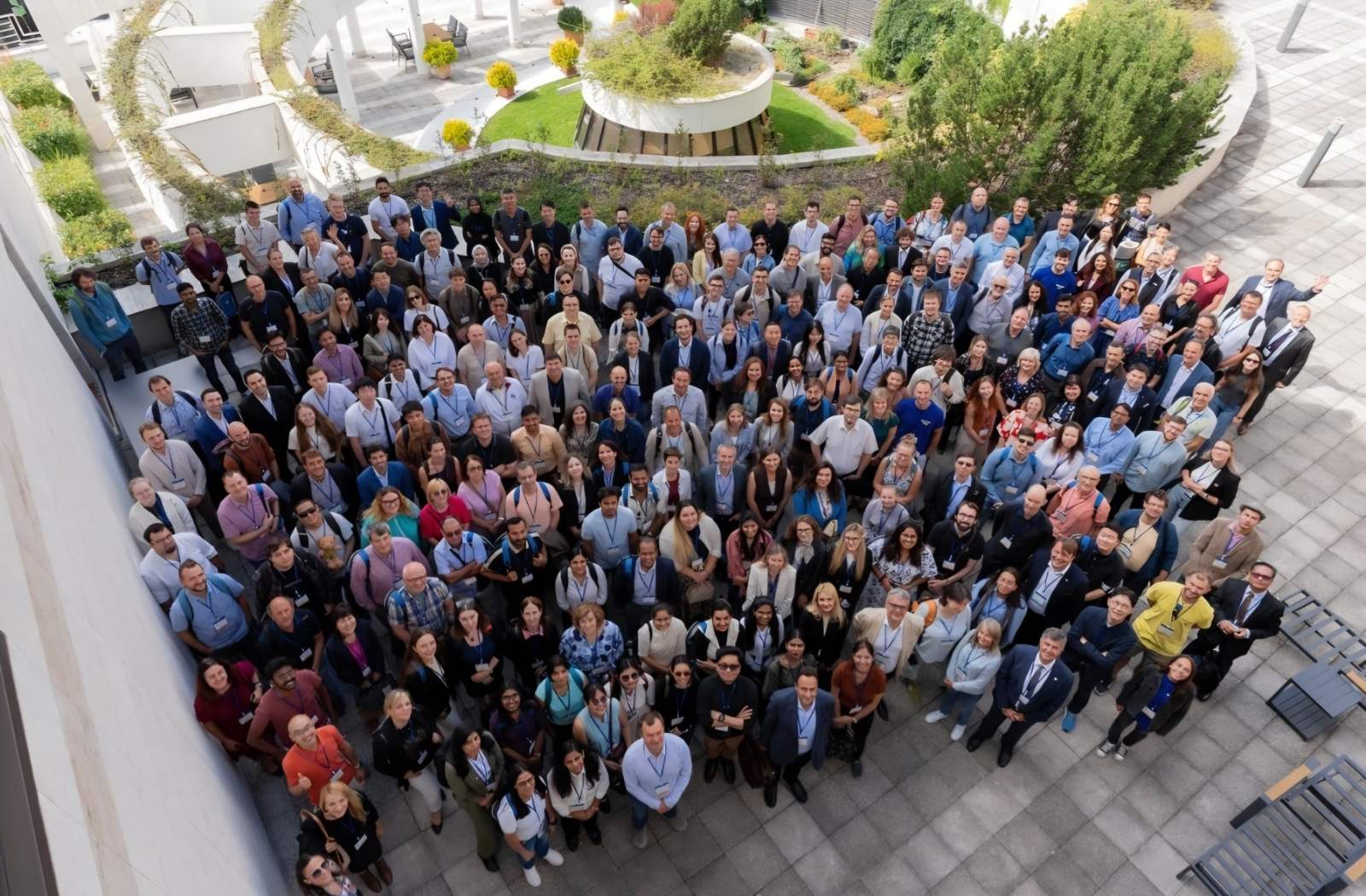


 Дякуємо всім друзям, партнерам, волонтерам за допомогу та вашу невтомну роботу! Продовжуємо допомагати нашим захисникам та доправляємо військове спорядження, гуманітарну допомогу, польову медицину та спеціальні медицині засоби до військових підрозділів, територіальної оборони, лікарень на передовій!
Дякуємо всім друзям, партнерам, волонтерам за допомогу та вашу невтомну роботу! Продовжуємо допомагати нашим захисникам та доправляємо військове спорядження, гуманітарну допомогу, польову медицину та спеціальні медицині засоби до військових підрозділів, територіальної оборони, лікарень на передовій! Якщо є люди, фонди та волонтери, які хочуть відправити допомогу в Україну з країн Європи або США, ми готові приймати на наші склади, складати збірні чи окремі партії та під замовлення і прицільно передавати їх далі кому вона необхідна. На всю гуманітарну допомогу буде надано звітність про передачу, фото.
Якщо є люди, фонди та волонтери, які хочуть відправити допомогу в Україну з країн Європи або США, ми готові приймати на наші склади, складати збірні чи окремі партії та під замовлення і прицільно передавати їх далі кому вона необхідна. На всю гуманітарну допомогу буде надано звітність про передачу, фото.


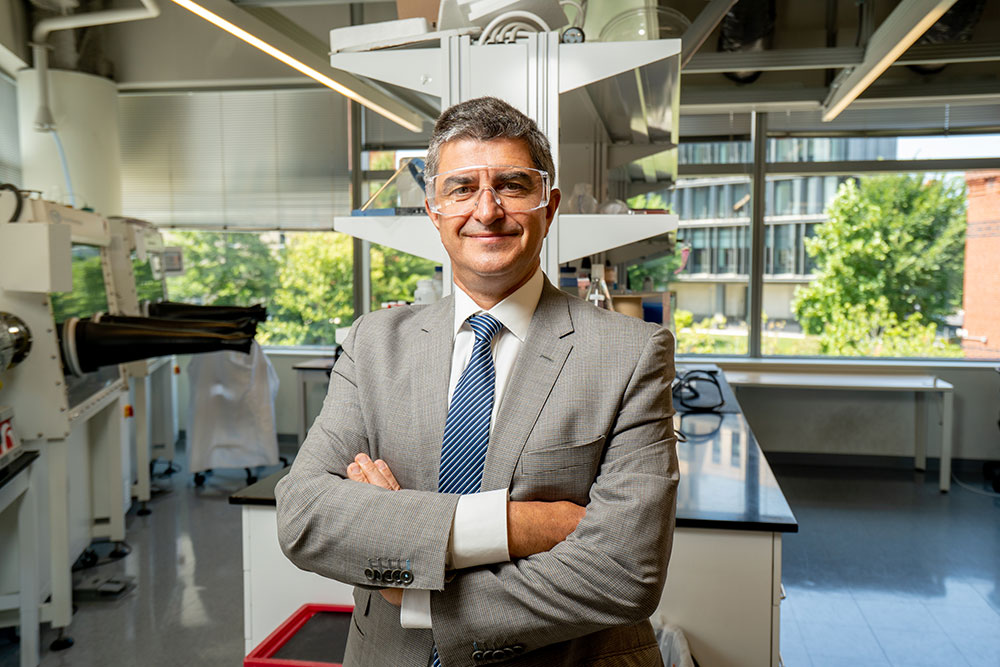 Говорят, что большие вещи приходят в маленьких посылках. И в течение последнего десятилетия MXenes - двумерные соединения углерода и переходных металлов, впервые разработанные в Дрекселе - подтверждали эту точку зрения, стимулируя инновации во многих областях науки. Теперь новое партнерство открывает возможности для помощи MXenes в спасении жизней.
Говорят, что большие вещи приходят в маленьких посылках. И в течение последнего десятилетия MXenes - двумерные соединения углерода и переходных металлов, впервые разработанные в Дрекселе - подтверждали эту точку зрения, стимулируя инновации во многих областях науки. Теперь новое партнерство открывает возможности для помощи MXenes в спасении жизней. Совместно с этой лекцией профессор Юрий Гогоци получит звание почетного доктора Сумского государственного университета.Это уникальная возможность приобщиться к науке мирового уровня, окунуться в мир наноматериалов и проследить научный путь нашего соотечественника. Лекция пройдет в 16:00, 27 мая 2021 года в Конгресс-Центре СумГУ, зал Сингапур 220, в г. Сумы.
Совместно с этой лекцией профессор Юрий Гогоци получит звание почетного доктора Сумского государственного университета.Это уникальная возможность приобщиться к науке мирового уровня, окунуться в мир наноматериалов и проследить научный путь нашего соотечественника. Лекция пройдет в 16:00, 27 мая 2021 года в Конгресс-Центре СумГУ, зал Сингапур 220, в г. Сумы.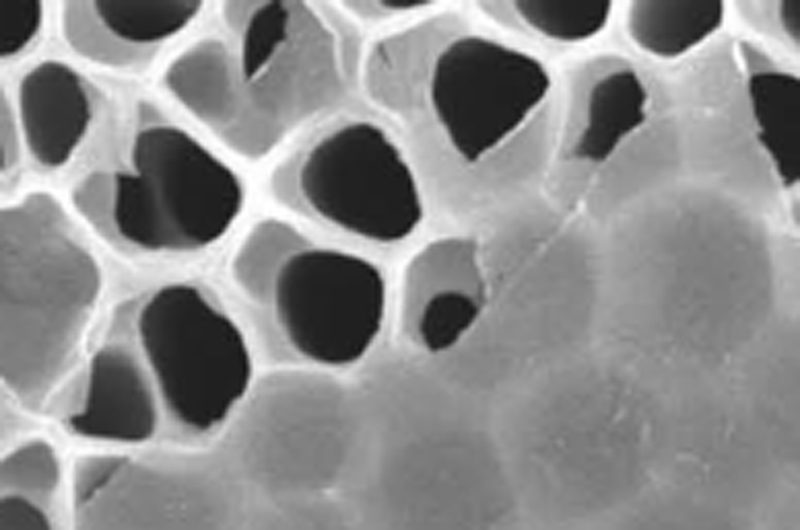 Материал MXene, который был впервые получен учеными из Университета Дрекселя в 2011 году, - это еще один шаг к тому, чтобы изменить жизнь людей, страдающих болезней почек на
Материал MXene, который был впервые получен учеными из Университета Дрекселя в 2011 году, - это еще один шаг к тому, чтобы изменить жизнь людей, страдающих болезней почек на 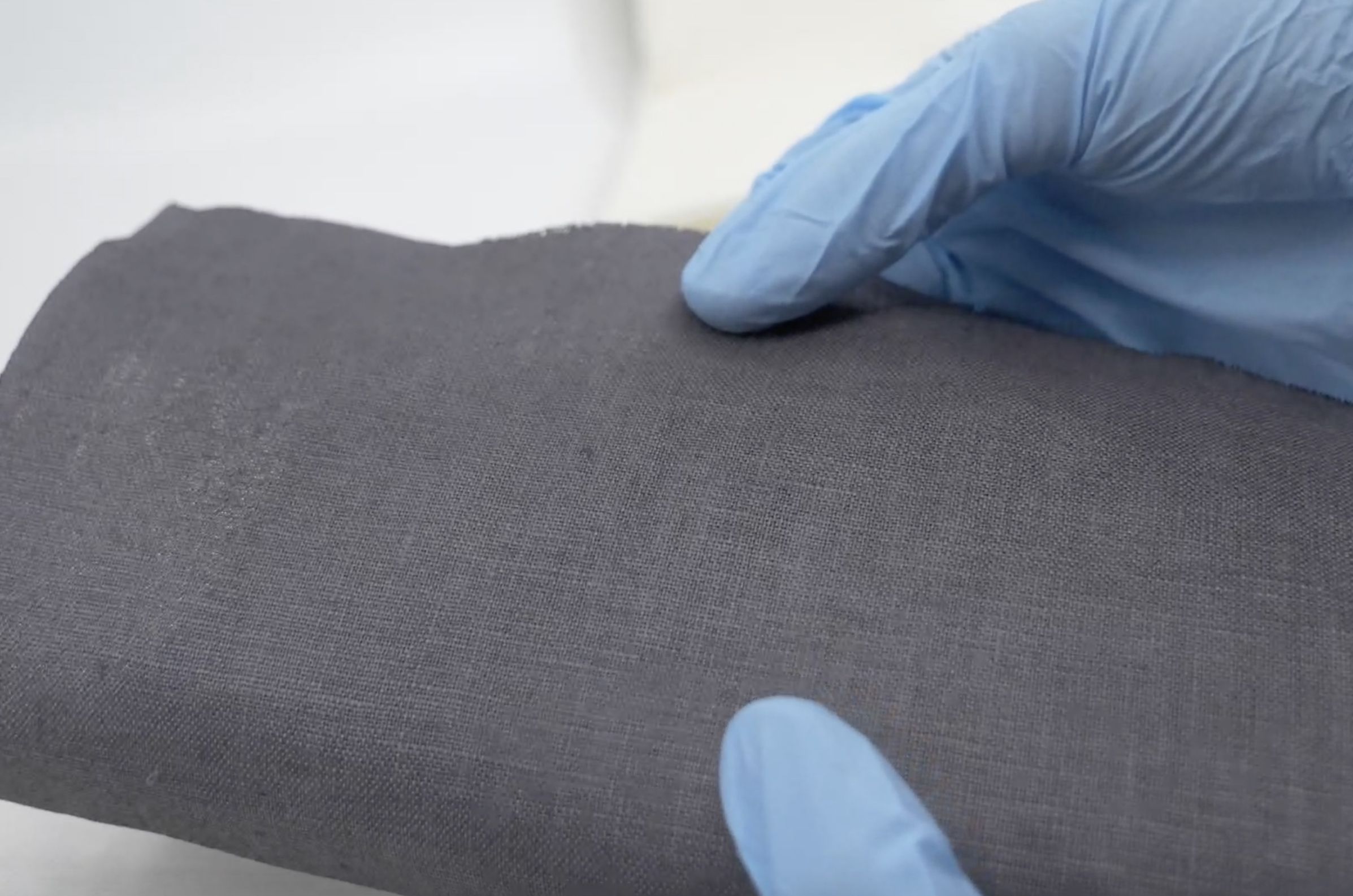
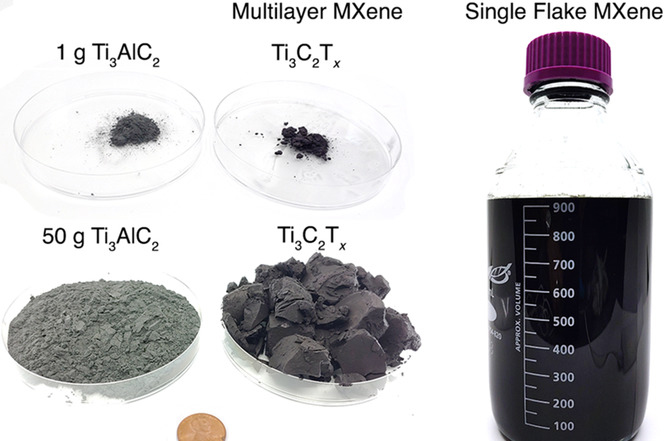
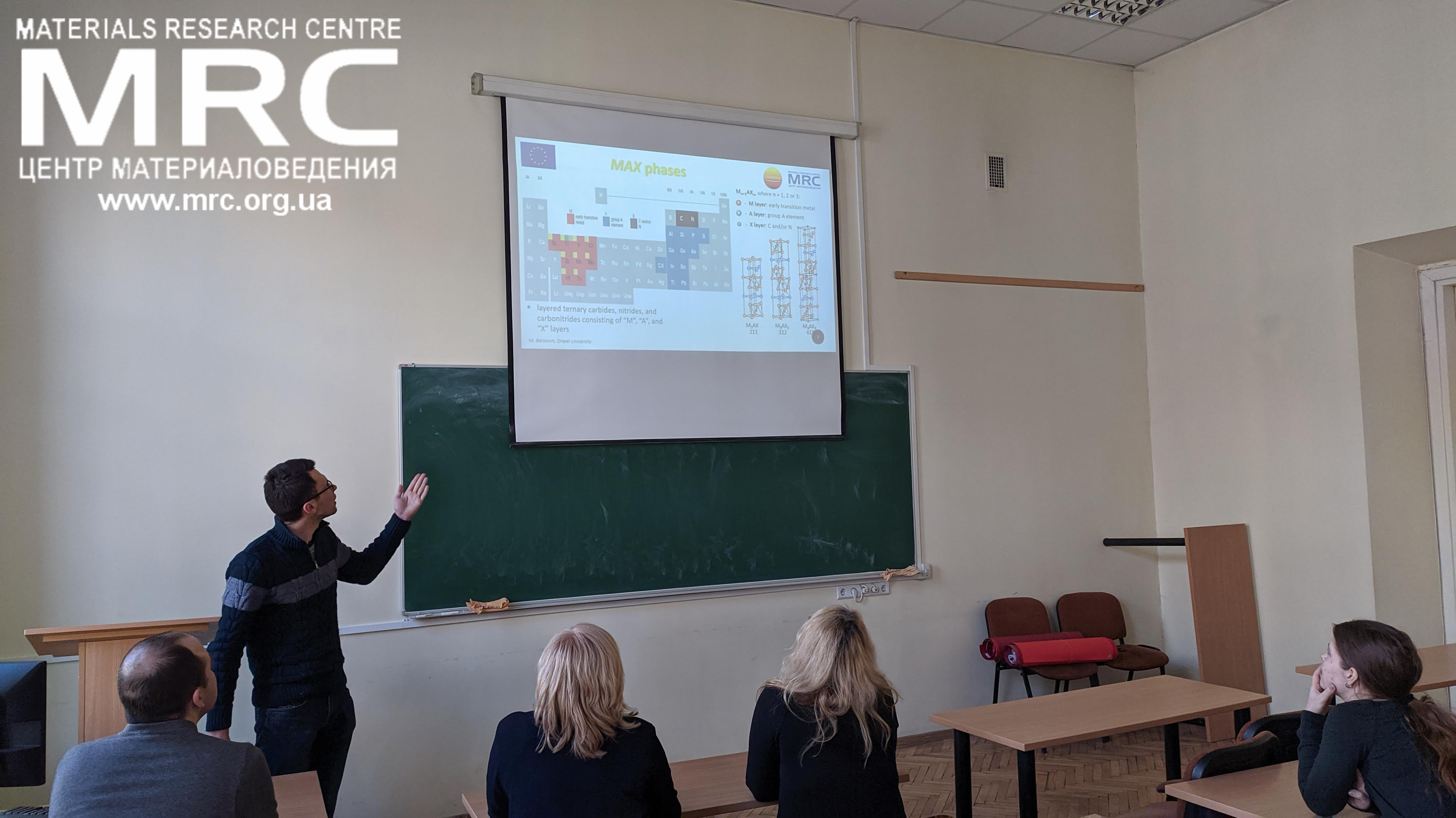 Участник проекта CANBIOSE из Центра материаловедения (MRC), выполнил визит в партнерскую организацию Вильнюсский университет, для выполнения программы совместных исследований и тренингов.
Участник проекта CANBIOSE из Центра материаловедения (MRC), выполнил визит в партнерскую организацию Вильнюсский университет, для выполнения программы совместных исследований и тренингов. Всемирно известный ученый-украинец профессор Юрий Георгиевич Гогоци рассказал о последних новинках нанотехнологий. Возможность для общения с ученым мирового уровня - редкость, но воспитанникам Малой Академии Наук Украины (МАН) везет. Именно такую возможность они недавно получили.
Всемирно известный ученый-украинец профессор Юрий Георгиевич Гогоци рассказал о последних новинках нанотехнологий. Возможность для общения с ученым мирового уровня - редкость, но воспитанникам Малой Академии Наук Украины (МАН) везет. Именно такую возможность они недавно получили.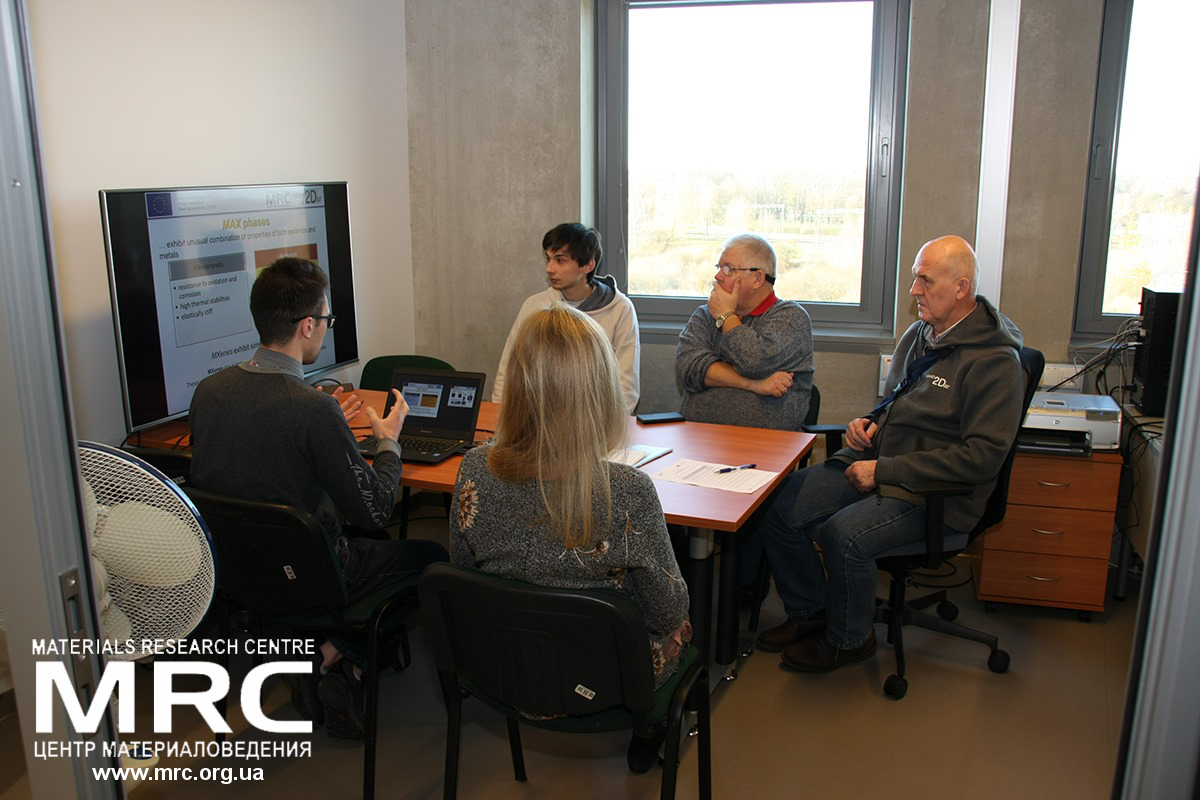 Инженер-исследователь из MRC Иван Гришко находится в Латвийском университете, где провел семинар по MXenes
Инженер-исследователь из MRC Иван Гришко находится в Латвийском университете, где провел семинар по MXenes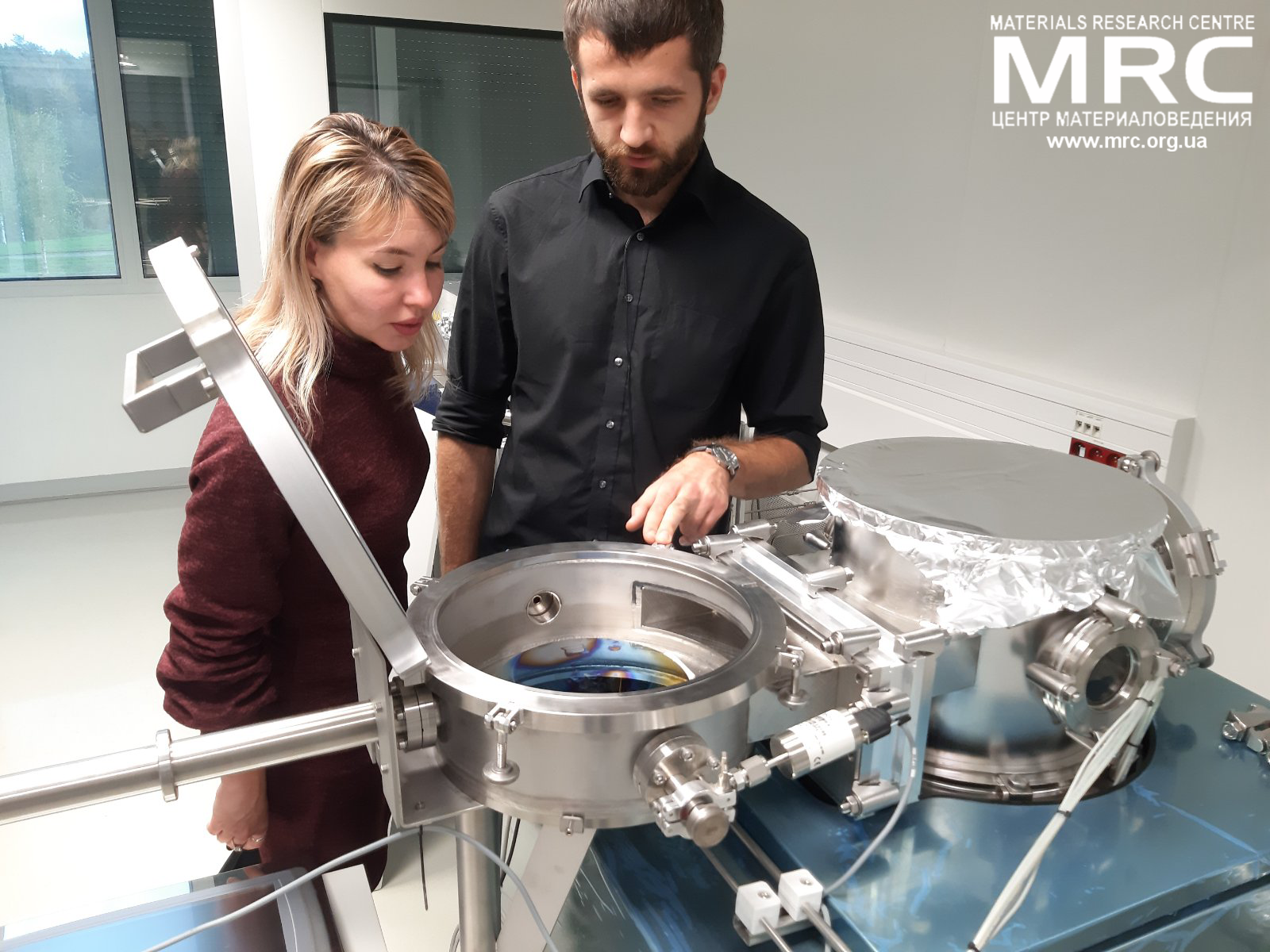 Совместно с польскими коллегами они
Совместно с польскими коллегами они 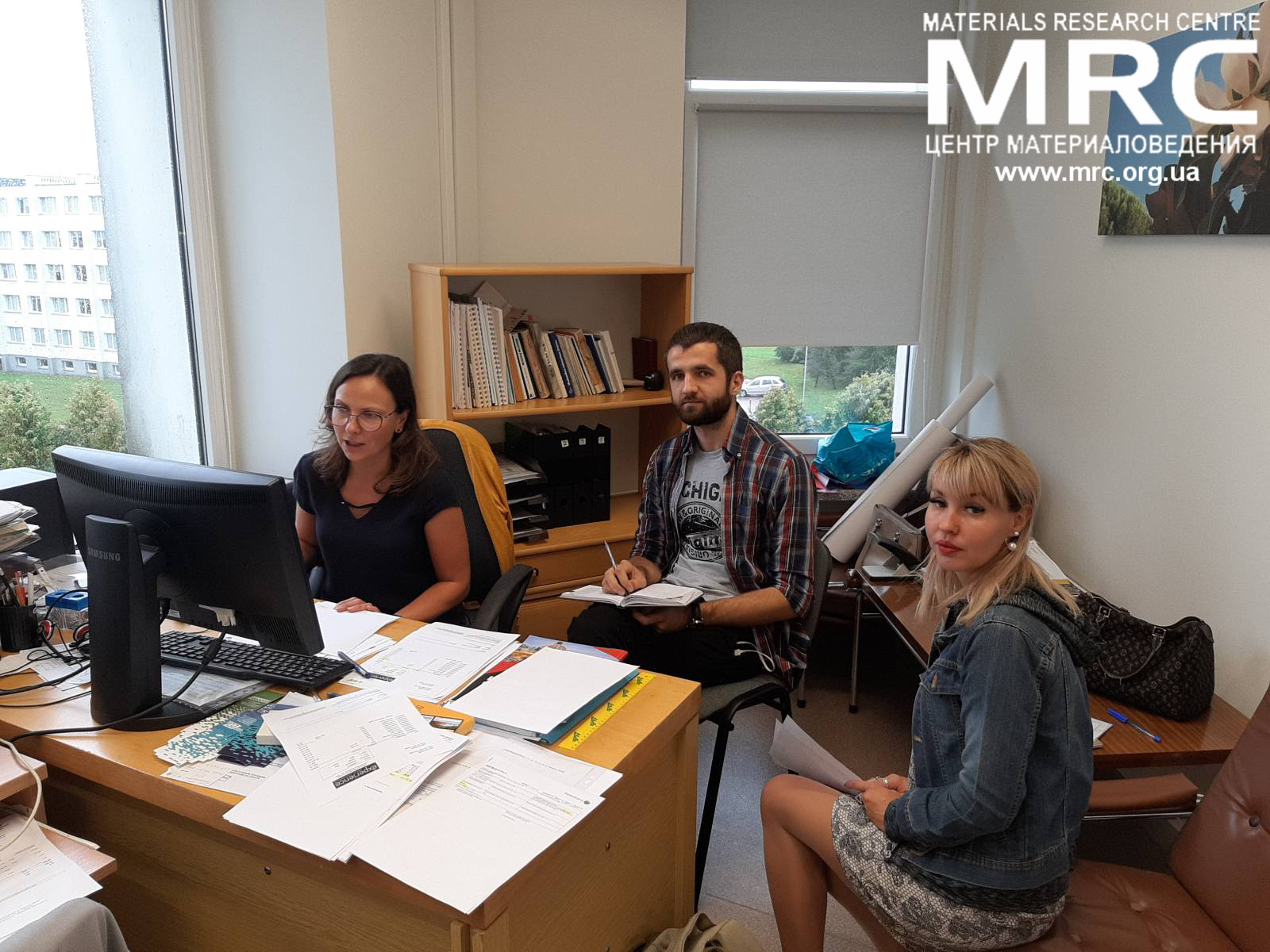 Совместно с коллегами из КТУ они занимались симуляциями и моделированием механических свойств наноматериалов и нанокомпозитов.
Совместно с коллегами из КТУ они занимались симуляциями и моделированием механических свойств наноматериалов и нанокомпозитов. В январе 2019 года профессор Юрий Гогоци был избран членом Европейской академии наук (EURASC). Профессор Юрий Гогоци - ведущий украинский и американский ученый в области химии, с 2000 года профессор Университета Дрекселя, Филадельфия, США, в области материаловедения, инженерии и нанотехнологий.
В январе 2019 года профессор Юрий Гогоци был избран членом Европейской академии наук (EURASC). Профессор Юрий Гогоци - ведущий украинский и американский ученый в области химии, с 2000 года профессор Университета Дрекселя, Филадельфия, США, в области материаловедения, инженерии и нанотехнологий.